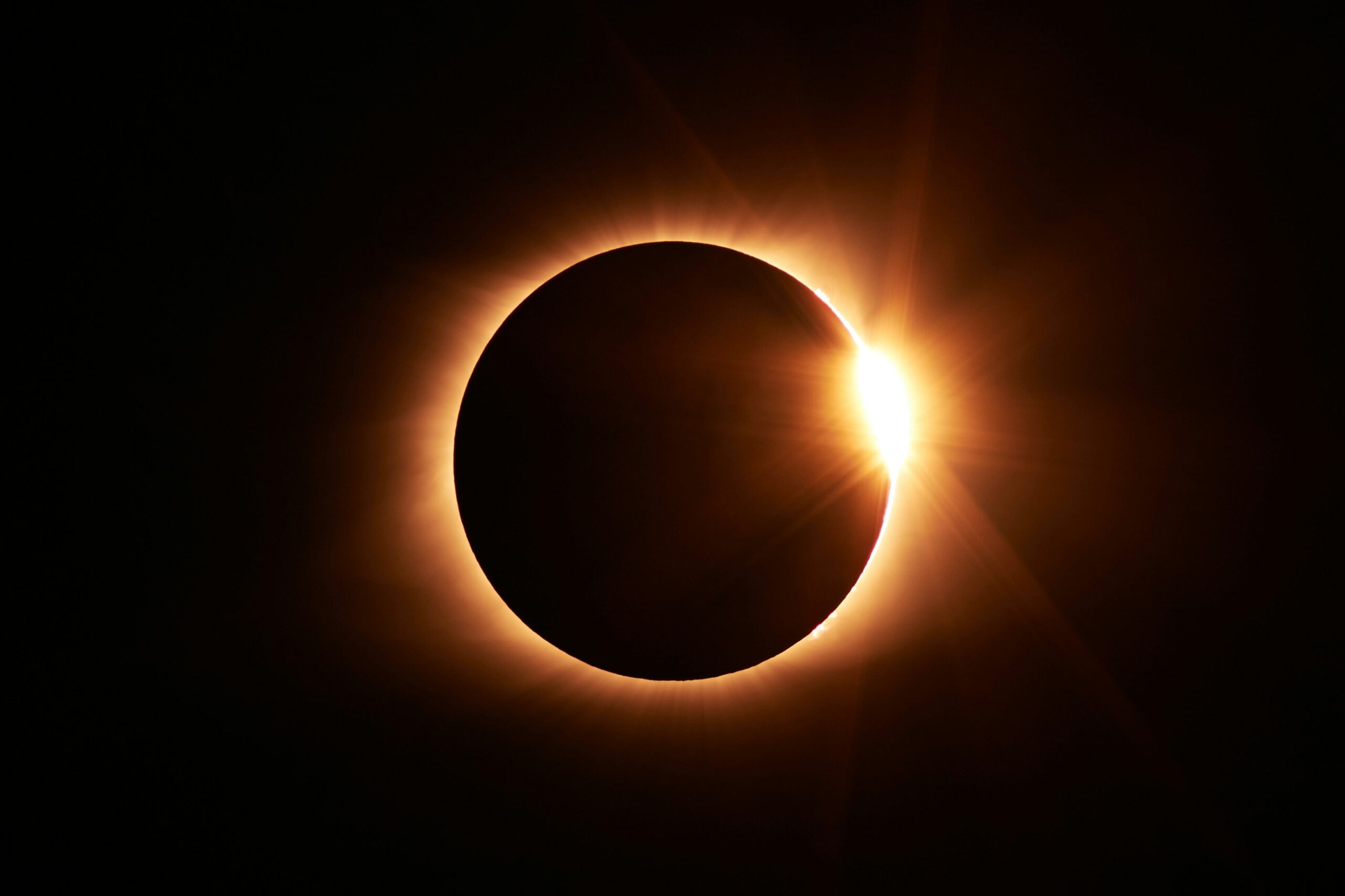Sky-Watchers Across North America Anticipate Rare Total Solar Eclipse on April 8

Credit: Unspalsh
Mark Your Calendars for the Next Solar Eclipse
In an exciting cosmic alignment, a rare total solar eclipse is set to cross North America on April 8, providing millions of observers with the opportunity to witness a captivating celestial event. Marking its path across Mexico, the United States, and a part of Canada, this eclipse promises to be a major spectacle as it temporarily casts darkness over the afternoon sky and unveils an illuminated halo overhead.
NASA estimates that approximately 31.6 million individuals live within the narrow, roughly 100-mile-wide path of totality, where the moon is expected to nearly cover the sun, resulting in a stunning ring effect in the sky. Meanwhile, in other regions of the contiguous U.S., spectators will witness a partial solar eclipse, with the moon appearing to take a ‘bite’ out of the sun, obscuring only a part of it from view.
As the solar eclipse approaches, it is essential to prioritize safety. Directly viewing the sun, especially during an eclipse, poses a serious risk of eye damage. To safely observe a solar eclipse, specialized eclipse glasses or pinhole projectors are recommended. Additionally, telescopes, binoculars, and camera lenses must be equipped with solar filters specifically designed for such purposes.
During the brief period of totality when the moon fully blocks the sun’s rays, it is safe to view the total solar eclipse without eye protection. However, eclipse glasses should be worn at all other times when looking at the sun.
The eclipse’s rarity stems from its wide path that intersects more populated regions of the continental U.S. than other total solar eclipses in recent memory. NASA estimates that an additional 150 million individuals reside within 200 miles of the path of totality, making this event accessible to a large audience.
The eclipse’s journey begins in Mexico before moving through several U.S. states, including Texas, Oklahoma, Arkansas, Missouri, Illinois, Kentucky, Indiana, Ohio, Pennsylvania, New York, Vermont, New Hampshire, and Maine. Small portions of Michigan and Tennessee may also experience totality under clear conditions. After traversing the U.S., the eclipse will continue into Canada, passing over southern Ontario, Quebec, New Brunswick, Prince Edward Island, and Cape Breton in Nova Scotia.
While the most breathtaking views of the total solar eclipse will be within the path of totality, individuals across the country can still engage in this celestial event. A partial solar eclipse will be visible across all 48 states of the contiguous U.S., and for those unable to experience it in person, NASA and other organizations will provide live-streamed views online.
The timing and duration of the eclipse will vary based on location, with some areas experiencing up to 4 minutes and 28 seconds of totality. Sky-watchers are encouraged to seize this rare opportunity to witness the majesty of a total solar eclipse safely and responsibly.
As the event approaches, individuals are urged to stay informed about local viewing conditions and safety recommendations provided by reputable sources. For more information and resources on viewing the solar eclipse, visit the NASA website or consult with local astronomy organizations.



















